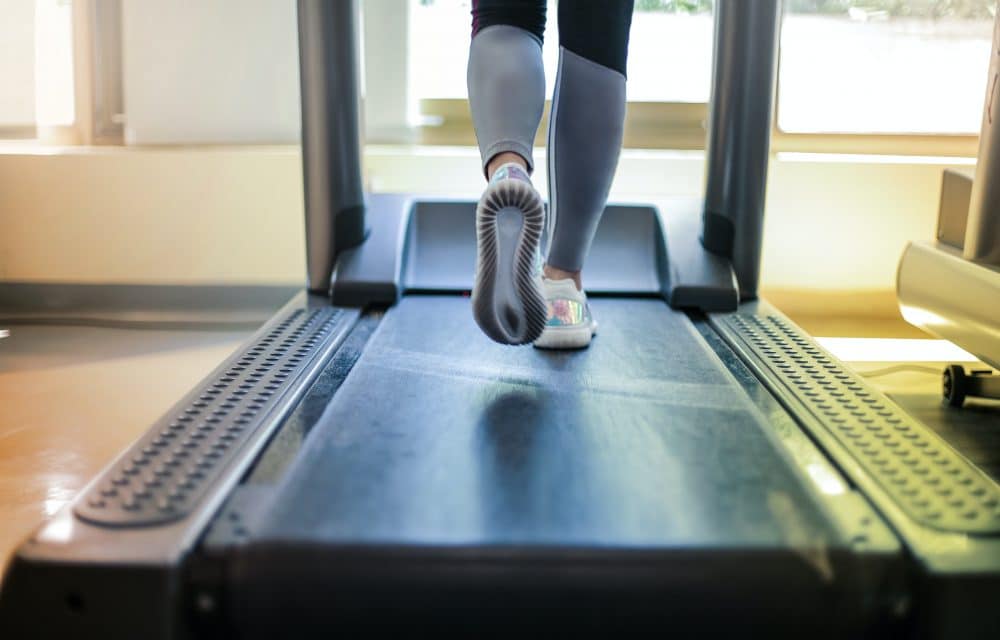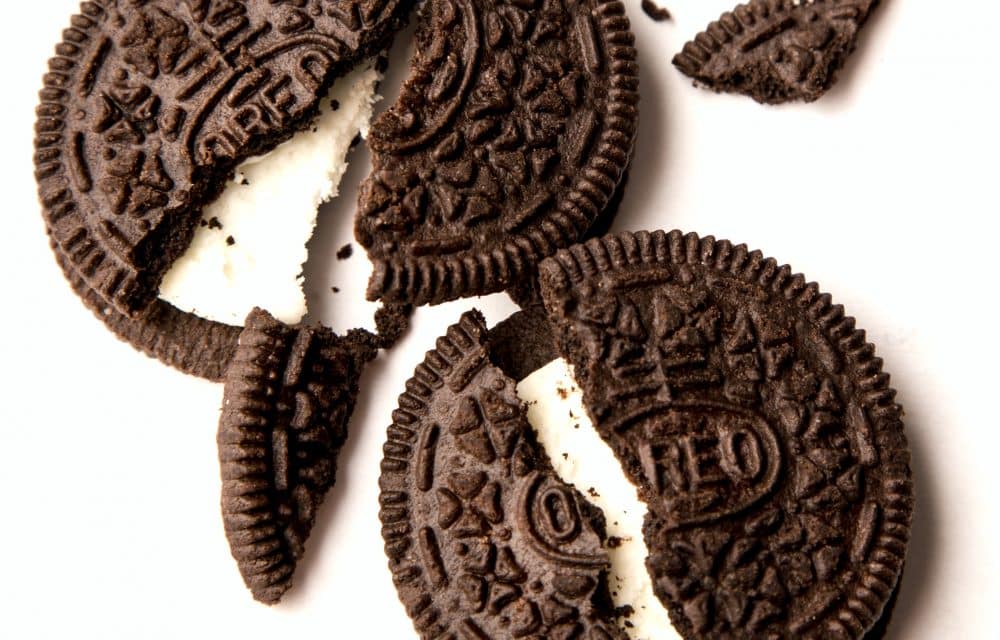Should I Push Myself Or Pace Myself?
We offer diversified workouts at Body Sculptors in Louisville, KY, because everyone is different. Some people like to push themselves. Their program will differ from people who prefer or have to pace themselves. Our programs do both, but we do it in varying proportions based on the person’s goals and preferences. Pushing hard can help you achieve more, but when it’s too hard, it can cause an injury that can set you back months. On the other hand, pacing yourself can improve your endurance or limit your progress if you do it too much.
It’s good to pace yourself when you’re first learning an exercise.
Form is everything. It determines whether you’ll reap the benefits of an exercise or cause you to have an injury. When you’re first learning something new, pacing yourself is best. You can pace yourself for the first few sessions when you’re learning and focus only on form, then start pushing harder each time. The older you are or the more sedentary your lifestyle, the longer you need to pace yourself until you get into shape. You’ll take longer to heal and experience more exhaustion initially.
If you’re half-heartedly exercising and calling it pacing, you won’t get the results you want.
You’re not maximizing your exercise time if you never break a sweat or can sing throughout the workout. Push yourself a little harder to make sure you get into shape. When you do the same number of reps at the same pace as you did several months ago, your body becomes efficient at the workout and burns fewer calories. Constantly change your workout to keep it challenging. Just how difficult it should be depends on you.
Know your body.
Feeling extreme stress or difficulty breathing should tell you to back off a little. If you’re doing strength training, don’t push yourself too much with daily intense workouts. Strength training causes micro tears in the muscles. The healing process creates scar tissue that builds muscle and strength. If you don’t allow the muscles to heal they won’t get stronger. It can affect your immune system, diminish muscles, and cause personality changes and problems sleeping.
- If you can still gasp out a few words while you’re working out and don’t feel like you need to quit, push a little harder. If you can barely stand or breathe, give yourself a break and pace yourself.
- Give yourself between 48 and 72 hours between tough workouts or strength training on the same muscle groups. You can still do recovery exercises like walking. It’s one way of pacing yourself.
- If you can’t push very hard for any reason, especially health, do something. Even if you aren’t maximizing your workout time, you’re still getting exercise. Don’t give up. After a few weeks or months, you’ll be able to push yourself harder.
- Pushing too hard during the first week can cause aches and pains that make you want to quit. Unfortunately, it’s when most people don’t pace themselves, and one reason exercise programs end.
For more information, contact us today at Body Sculptors Personal Training









